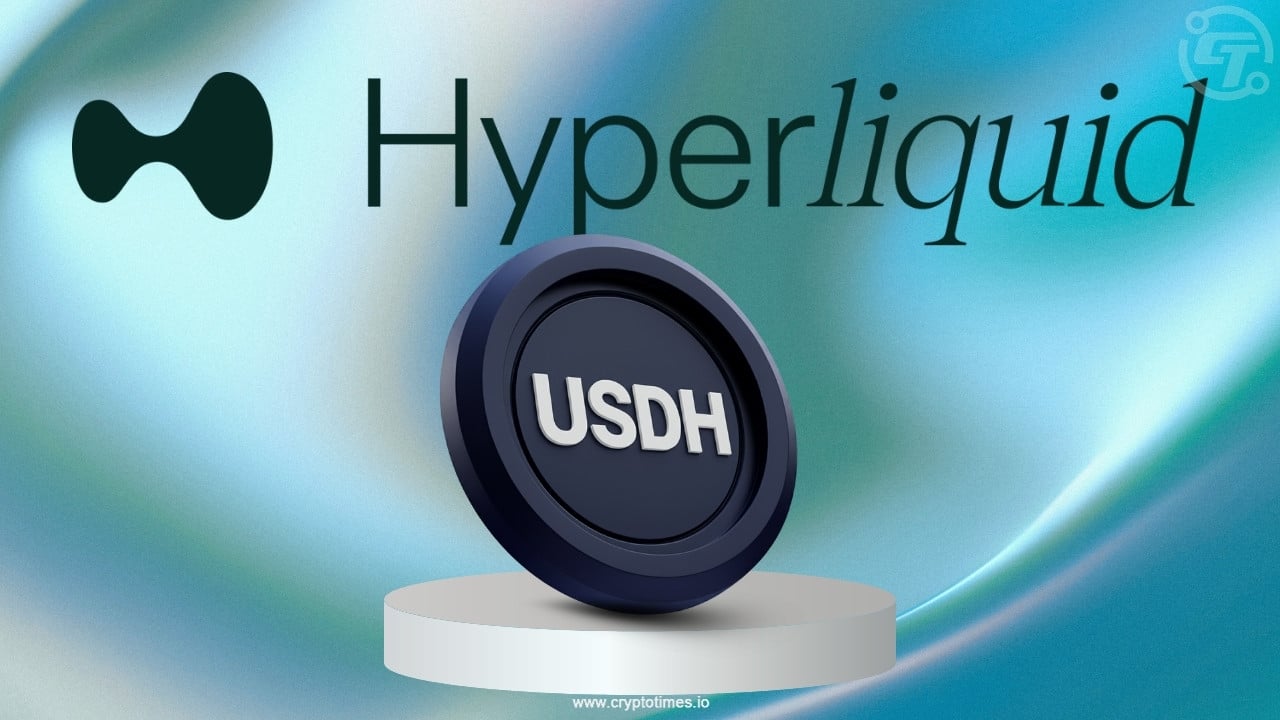Hyperliquid, a prominent Layer-1 blockchain and decentralized exchange (DEX) that is expert in perpetual futures trading, is all set to introduce its own stablecoin, USDH, and the crypto world is eagerly waiting for this to happen. It is currently seen that the total stablecoin deposits in the market are around $5.5 billion, out of which Circle's USDC holds the major share. Therefore, Hyperliquid's daring decision to bring out USDH might not only be a change in the DeFi world but also a huge revenue inflow that can go back to its community. On the 10th of September, 2025, the picture of the revolutionary character of USDH emerged much clearer.

Hyperliquid’s USDH is a dollar-pegged stablecoin tailored to dovetail with its ultrafast ecosystem, which executes thousands of trades every second. While in the case of USDC, reserve returns (e.g., from U.S. Treasuries) generally go to Circle, USDH is structured to share its profits with Hyperliquid’s community, thus potentially creating a substantial new revenue stream. The proposals delineate net revenue being apportioned 95-100% towards HYPE token buybacks or the community treasury, thereby energizing user engagement and the expansion of the ecosystem.
If implemented, such a model would significantly erode Circle’s yearly take-home of $150-200 million from just Hyperliquid’s deposit volume, which is currently the largest source of stablecoins flowing into DeFi projects. The USDH launch journey mirrors the very nature of Hyperliquid - an open call for stablecoin issuers’ bids and a vote by the validators to finalize the chosen issuer this September 14th after a first review of the underwriters on September 10th 2025. Herein, the foremost three are: Paxos who guarantees hassle-free swaps, compliance, and no-fee USDC to USDH; Frax Finance concentrating on yield opportunities for users; and Agora a coalition with Rain and LayerZero announcing they would contribute all revenues to the community. Along with Native Markets, Ethena Labs might also be among the exciting newcomers in the game.
Post-completion of the vote, the successful stablecoin issuer will present their version of USDH on Hyperliquid’s HyperEVM and HyperCore, conceptualizing easy access and capacity for future increases. The artistry of USDH technical features underlines stability: from crypto or fiat reserve backings to being censorship-resistant and supported by AMM liquidity pools for frictionless trading.

Such steps prime USDH to compete with the already existing stablecoins while being dedicated towards Hyperliquid’s ethic-based on decentralization. The enthusiasm in the market can be felt, for instance, after Phases from different announcements of USDH, the Supernova event at layer1 came pressing, and investors’ sentiments showed double-digit runs in support of Hyperliquid’s HYPE token by 23.4% week-over-week, marking a new peak of $55.04 on the 9th of September, 2025. Technicalities aside, USDH calls forward to Hyperliquid’s dream of putting the user in charge in a space that is often ruled by the big centralized players. By not being granted any exclusive privileges over other stablecoins regarding the neutrality of the ticker, Hyperliquid further solidifies the community’s belief that they can trust and compete on equal terms.
Nonetheless, some issues such as intense regulatory pressure and a competing similar sounding stablecoin, Solana’s USDH, a crypto-backed token with a market price of $0.9964 and a limited use case, still persist. As the day's vote for the new validator comes it stands at the forefront moment for USDH. Will it become the one that transforms the economics of stablecoin, rerouting profits back to the community, and thus allowing Hyperliquid to retain its DeFi sphere supremacy? The crypto community is far from tearing its eyes away from this, and not only that, with its radical line of thought in place, USDH might just become the yardstick for other decentralized financial projects to look up to. Keep an eye on Hyperliquid’s futuristic stablecoin landscape next!
Posted Using INLEO